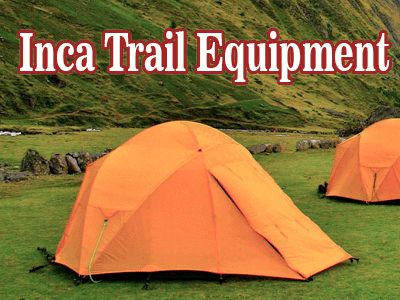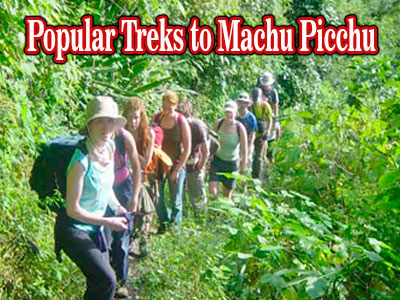Roads to Machu Picchu
The Inka Empire traced the widest net of roads registered by history. Michel de Montaigne in the era of the conquest recognized the superiority of these works in com parison with Greece, Rome or Egypt. Two hundred years after, Alexander von Humbold t did not doubt in qualifying these roads as the greatest work of mankind. He pays attention to the outlines on the most abrupt area of the world, passing immense deserts and constructing roads on impenetrable jungle s. There were bold engineers for this geographical challenge in the most mountainous country of the world.
John Hyslop calculated in his book “The Inka Road ystem ” that Inka roads system have 23,000 kilometers, registered and measured by the author regardless of those roads which are lost in the jungle. With this additional part the system could totals forty thousand kilometers. With this road system the Inka mastered several nations. The system was extended from the level of the sea until 5,000 meters of altitude, emphasizing extraordinary staircases, tunnels, pendulous bridges -the largest than are known. The construction of an Empire in the age of the copper and the stone was a miracle, a challenge accomplished with millions of hours of work. This was an Empire made to travel on foot, and the roads -with inns and posts- were sufficiently broad for give a rapid and comfortably travel to the imperial litter and hosts.
Many roads were leading to Machu Picchu. Inka roads, Inka Ñan in Quechua, were departing of Cusco with destination to the four Suyus, the four regions of which Cusco was the center-nave of the Inka world. These were superb causeways, with deposits or Tambos with food and water situated at prudent distances. One of these roads, of great quality, was necessarily leading from Cusco to Machu Picchu.
The trek from Cusco to Machu Picchu takes nowadays two or three days and from Ollantaytambo only one day. There is no state neither city without roads, the quality of these roads keeps relation with development of civilizations and his level of culture. The ancient Peruvian built a set of roads admirable by its quality, length and cost.
We recognize today its perfect outline, its solidity and complete perfection, as well as it astonishing defeat of immense abysses. Furthermore Inkas had the care of recapturing and integrating the said out lines to landscape. Inka roads are of such importance that its explanation motivates controversy and polemics between experts. Some cannot made convincing explanations and then postulate fantasies as the presence of extraterrestrials in old times. Envisaging the road that leaves of Machu Picchu, built in rock on impassable ravines and immense altitudes, it is difficult to explain how the Andean man took the nature to his service. The roads conduct on stairs toward high summits or on humid “bojedales”.
The famous Inka Road (Camino lnka) is one of the most widely known, its 35 kilometers travel through Cusichaca va lley, Huarmi Wañusca gorge, bankrupt of Pacaymayu and goes through archaeological complexes of Sayacmarca, Phuyupatamarca and Wiñayhuayna. This road was at first explored by Hiram Bingham, who when could not defeated the large abysses, in his exploratory enthusiasm intended to dynamite some sectors. In it remained signs of be already drilled and fortunately the roads were saved of barbarism when was discovered that those impassable sectors had tunnels dug in rock with much work.
The called Sacred Rod-leaves on the kilometer 88 by the left margin of the Vilcanota river, it goes through the archaeological complexes of Waynaq ‘ente, Chachabamba and Wiñayhuayna.

The roads are solid and broad, by spans they appealed to solid staircases to save heights, in other there are tunnels dug in rock and large walls that are lost in the jungle, forming platforms with sufficient space so that three persons travel comfortably. The roads fortunately are in large part intact.
Other important road is one which enters by the “Door of the Moon” in one of the flanks of Huaynapicchu hill, the same that is branching in one toward the City and the other directly to the summit of this hill, observatory of stars and celestial phenomena.
Several roads of less quality travel from the city of Machu Picchu toward the cultivation platforms by different flanks. Some of these lead with some difficulty to the border of the river, others are lost in the jungle.
The fact of the existence of many roads, principal and secondary, that enter or leave of Machu Picchu, leads us to think this city was not fortified, since with so many roads might have been easy to be captured . It was an opened city and its three principal entries, by Inti Punku, the boor of the Moon and the Inka Bridge had ordering and ceremonial functions, to yield homage and to have the honor of be accepted in the city.
 |
 |



